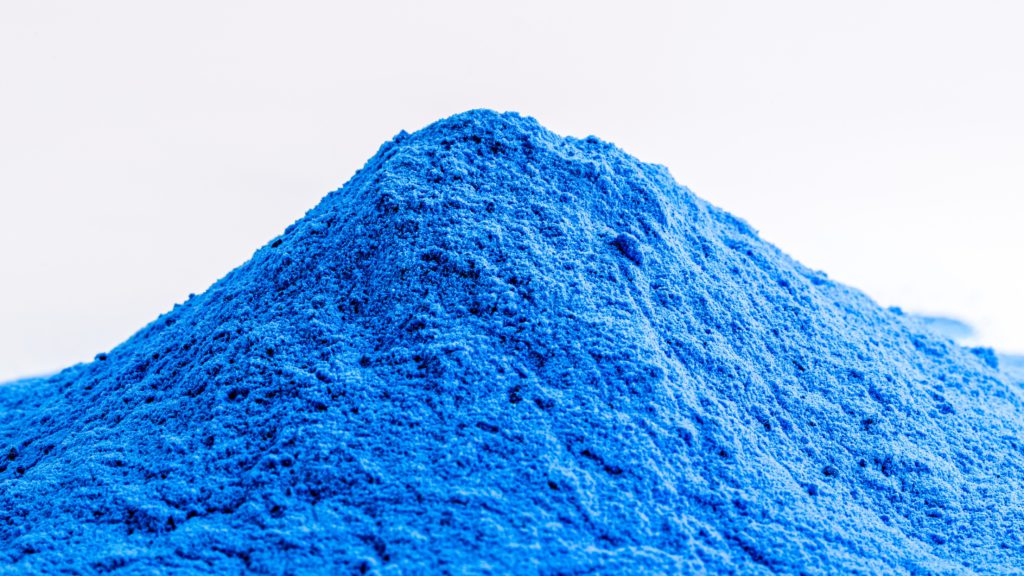
Cobalt hydroxide (feedstock material generally produced at mines as part of the primary processing of ores) has been on a tear, up 15% in July to $46,375 a tonne (midpoint 100% Co basis CIF Asia) bringing gains so far this year to 64%, according to Benchmark Mineral Intelligence.
China Molybdenum announced last week it will invest just over $2.5 billion to double copper and cobalt production at its giant Tenke Fungurume mine in the Democratic Republic of Congo, which it bought from Freeport McMoRan five years ago. That announcement comes on the heels of China Moly’s acquisition of another Freeport property in the Congo, Kisanfu, for $550 million in December.
China Moly said trial production for a separate expansion at Tenke Fungurume has already started and by 2023 expects cobalt production at the mine to double to some 34,000 tonnes per year.
In the copper world, that’s the equivalent of building one and a half Escondidas in two years.
News of an expansion of this magnitude in what is a tiny market – only 140,000 tonnes produced globally in 2020, says USGS – would be expected to put a damper on the outlook for the raw material used primarily for superalloys and in the battery supply chain.
[Click here for interactive chart of cobalt metal price]
But a new note from Roskill, a London-HQed metals and chemicals researcher, argues that given the changing mining environment in Congo, it sees little impact on prices of the new supply.
Cobalt supply is already highly concentrated (more than two-thirds are mined in the DRC and some 80% of midstream processing happens in China) and the Tenke Fungurume expansion could tighten the control of the biggest players further.
This would raise the entry barrier for junior cobalt miners both economically and technically in the coming years
Roskill says the close to surface, high grade oxidised orebodies in the Congo have been depleted after decades of large and small-scale mining. Grades at ground level have now degraded to such an extent that waste is now being reprocessed at operations such as STL’s Lubumbashi slag heap and ERG’s Metalkol RTR which is reclaiming tailings from mining conducted in the 1950s.
There is also a growing trend for mining companies operating in the central African nation to transition from open-pit to underground mining, and from oxidised orebodies to sulphide orebodies to unlock new resources and extend the life of mines.
While Tenke Fungurume’s 10K expansion project focuses on processing oxidised ores, this mixed ore project targets deeper at the transition zone between oxidised ore and sulphide ore reserves. Similarly, major cobalt miners in the country, such as Glencore and Wanbao Mining are also evaluating the option to develop sulphide ore resources at Mutanda and Kamoya operations to expand capacity, says Roskill:
“Underground mining can be more costly than open-pit mining, owing to higher capital investment and mining costs. In the case of the DRC, as the mines get deeper, the copper-to-cobalt ratio would typically rise, reflecting increased copper grades and lower cobalt grades. Roskill believes that this would raise the entry barrier for junior cobalt miners both economically and technically in the coming years.”
“As a result, the DRC cobalt sector is likely to become more dominated by existing large-scale producers, moving towards an oligopoly in the near future: by 2025, the top three cobalt miners in the DRC could potentially supply over half of the market. Considering the strong demand outlook for cobalt and the increasing costs to mine the material, Roskill expects to see limited downside in cobalt prices in the short to medium term.”